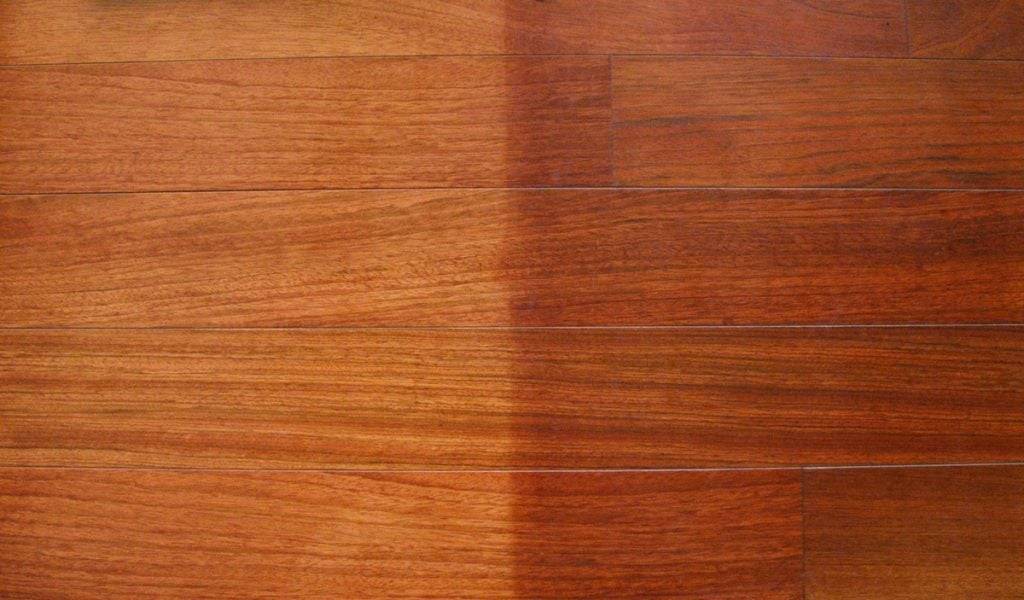
Brazilian Cherry, also known as Jatoba, is a popular choice for hardwood flooring due to its durability and exotic beauty. The wood’s color can range from a reddish-brown to a rich, dark brown, often with hints of gold or deep red. The wood is also characterized by distinctive grain patterns that add to its appeal.
One notable characteristic of Brazilian Cherry hardwood flooring is that it can change color over time. The reason for this change is mostly due to exposure to light, specifically ultraviolet (UV) light from the sun or indoor light sources.
This color change is a natural process and some woods are more photosensitive than others. When the wood is exposed to UV light, the oxygen in the air reacts with the natural oils and tannins in the wood, causing the color to darken or deepen.
This is particularly noticeable in Brazilian Cherry, where the color can shift from a lighter reddish-brown to a deeper, richer reddish-brown or dark brown over the course of several months to a year after installation. The color change can continue, albeit more slowly, for several years.
There are several ways to manage this color change. One approach is to rotate rugs and furniture periodically to allow the floor to change color evenly.
Another method is to apply a UV-protective finish to the wood to slow down the process. However, it’s important to note that this won’t stop the color change completely, just slow it down.
Lastly, it’s worth noting that this color change is not a defect in the wood. On the contrary, many homeowners and interior designers value this evolving color change because it can add character and depth to the flooring, enhancing the natural beauty of the wood.